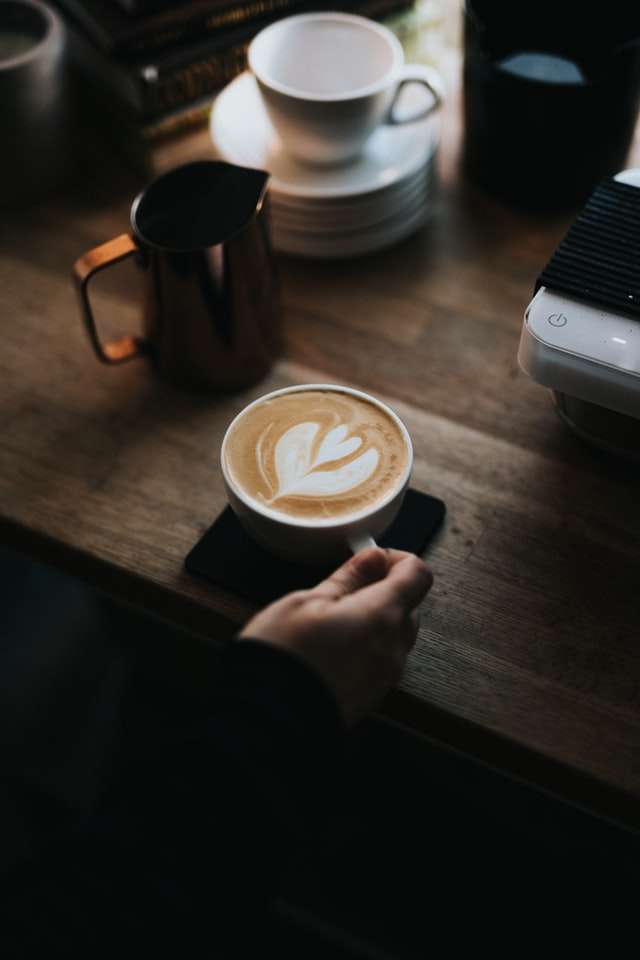Today’s blog is going to be a little different than usual. As you know, we are always happy to respond to your questions about evaluating the authenticity of artwork for purchase. We have also recently become aware of a growing problem in the vintage art market that we feel needs to be addressed. With that in mind, today’s blog is going to be more informational and less about actually evaluating pieces we have seen.
We have been keeping an eye on the online marketplace for some time now and have noticed an increase in fakes being sold by individuals on Ebay, Etsy, and other websites around the web. This is not just a problem for collectors looking for a deal, but it can also cause serious damage to collectors who are established in the community. There are cases where multiple buyers were tricked into bidding on what they thought were authentic works and were out of pocket thousands of dollars after receiving fakes in response. One of these cases was recently brought to our attention by one of our valued collectors. A well-known American artist whose work was copied died in 2009 leaving behind a substantial estate including his collection of artwork, many of which contained multiple examples of his own work. There are several pages of information on this artist available online including both his biography and an auction record, which
I’ve been looking at a lot of vintage paintings lately and have been thinking about the questions that arise when you are evaluating the authenticity of a piece. There are many excellent websites devoted to this subject, and I will list some at the end of this article. But here are some general tips that have been helpful to me.
Primary Source Material
The Internet is full of opinions on the value of art, but many times these opinions are based on little more than personal taste. The best way to evaluate a painting is to examine the source material. If you can’t speak Dutch, consider hiring someone who can to translate a catalog or exhibition review or biography of the artist that mentions your painting by name. If you can find an advertisement for the auction, catalogue entry or gallery hang tag that mentions your painting by name, that’s even better!
The internet abounds with such information, but it is often difficult to determine its accuracy or provenance (where it came from). You can always start with Google searches and follow links from there, but you may want to also start with sites like www.artfact.com and www.artnet.com . Both of these sites have an excellent search function that allows you to find additional information about a work of art.
I am the owner of a painting I believe to be a Rembrandt. I have had it appraised and the appraiser said he would like to see it in person because he has seen fakes that are very good and is not sure what to think. The painting is not signed, but it has a label in German that reads: “Follower of Rembrandt”. It was painted on canvas and then framed. It looks as though the frame was put on over the canvas. The picture is about 24″ x 18″ and it is about 2-3 inches deep with the frame.
Trying to find out more about it, I have been searching the internet for articles on how to identify a fake Rembrandt. There doesn’t seem to be much information out there. Is this because everyone knows how to do it or is this because Rembrandts don’t get faked? I would appreciate any information you could give me concerning identifying a fake Rembrandt or even whether or not this one might be real.”
It can be hard to figure out how to tell if a painting is real. There is no way to know for sure that any given painting is authentic unless you personally know the artist or have documents signed by the artist. But one thing is for certain: if you are buying art on eBay, you need to be careful!
When you look at the auction photos, there are several things you should look for. The first thing I always look at is the signature and any other markings on the canvas. Some of these paintings may have been taken from their frames and then re-framed with new matting around them. If you see any “cut” edges on the canvas, that’s one big red flag!
The next thing I check is the overall condition of the painting. Check closely at both sides of the stretcher bars. You want to be sure that it has not been repainted or restored in any way. Then I examine every surface closely to see if there are additional areas of paint or unknown signatures that don’t match up with what’s already there.
Once I’ve examined the item thoroughly, then I’ll decide whether or not it looks like an original piece from that era**
There are a lot of unscrupulous people out there who are willing to sell you a fake painting or sculpture. These people probably have no real interest in art, and they definitely have no regard for your feelings if you happen to buy an expensive counterfeit.
Another type of scammer is the person who has a collection of paintings he inherited from his grandfather, and while they are not great works of art, there is some resale value, so he wants to find out how much they are worth.
Trying to determine the authenticity of any piece of art can be very daunting, even for experts, because fakes are so good these days. Organized crime often gets involved in selling fake art, so it is important that you know what you are doing before you try to evaluate one yourself.
We would be happy to help with any questions you may have about the value of your paintings or sculptures. We can also provide a free appraisal service by email or telephone.*
What is the difference between a vintage table and a reproduction table? Is this art real? What is a forgery?
These are all great questions. We are going to provide some information on how to tell the difference between a faux (or fake) and an authentic piece of art. Hopefully, this information will give you a better idea of what to look for when you purchase art pieces. If you do not want any surprises after you have purchased your art then please read our information on spotting fakes and reproductions.
I know it can be difficult for collectors to know if their piece of art is authentic or not but it is important that you educate yourself as much as possible on authenticating art. You wouldn’t want to purchase an item that is not authentic and you could end up paying more than what you originally intended.
What makes it so hard to spot fakes and reproductions? Many times when the real thing comes up for sale the price will increase by at least 100%! That’s why they say that if it seems too good to be true then it probably isn’t! Most people don’t even realize how much value there is in buying the real thing until they see something that looks pretty good at first glance but turns out not to be authentic.
But the way we think about it is not the way it has always been thought about. It was a new concept, invented in the Renaissance. Before that, people in many places and times considered art to be a kind of property, like land or cattle. The idea that a painting might have been made by a specific person — and that someone could own it — came into being at roughly the same time as individual ownership of land did.
The story of how this happened is also a story about how you can end up owning something that can’t be owned: i.e., how you can own something without having to know what’s inside it.


